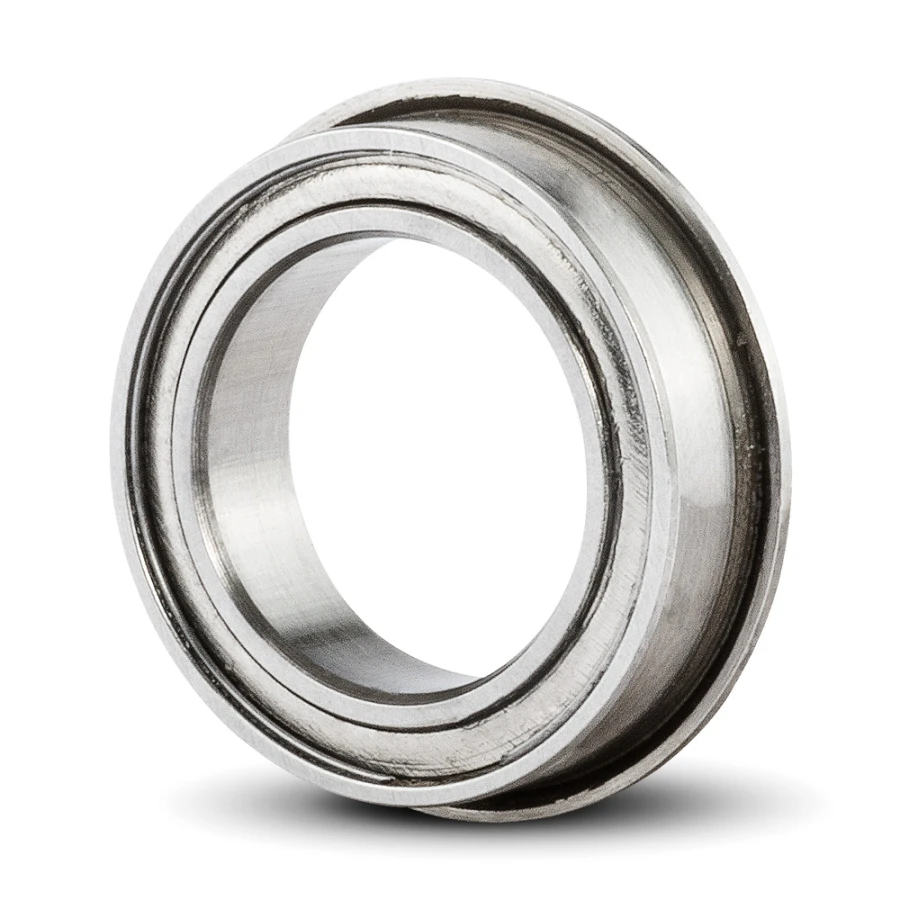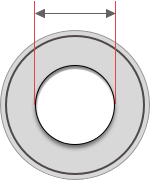
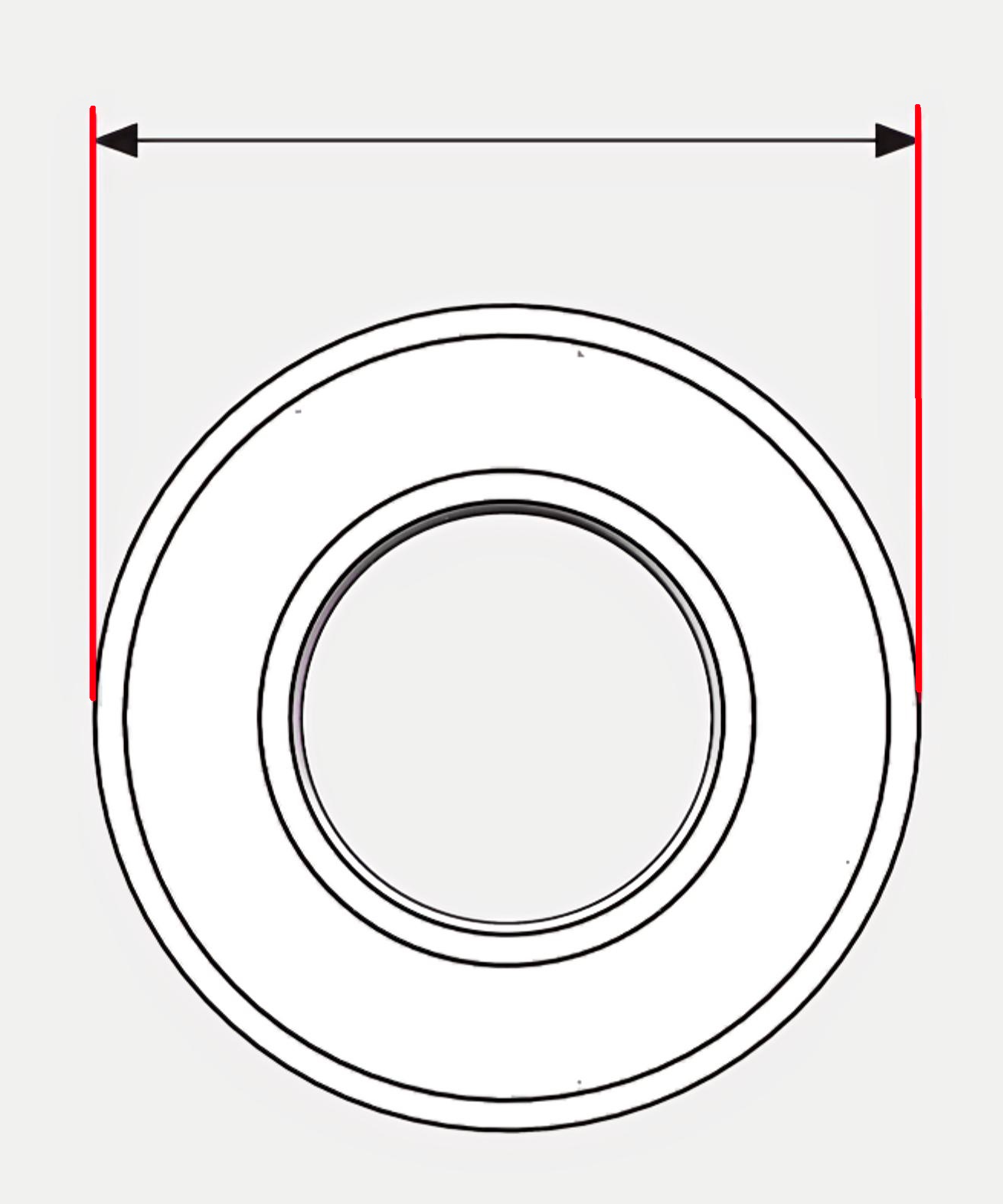
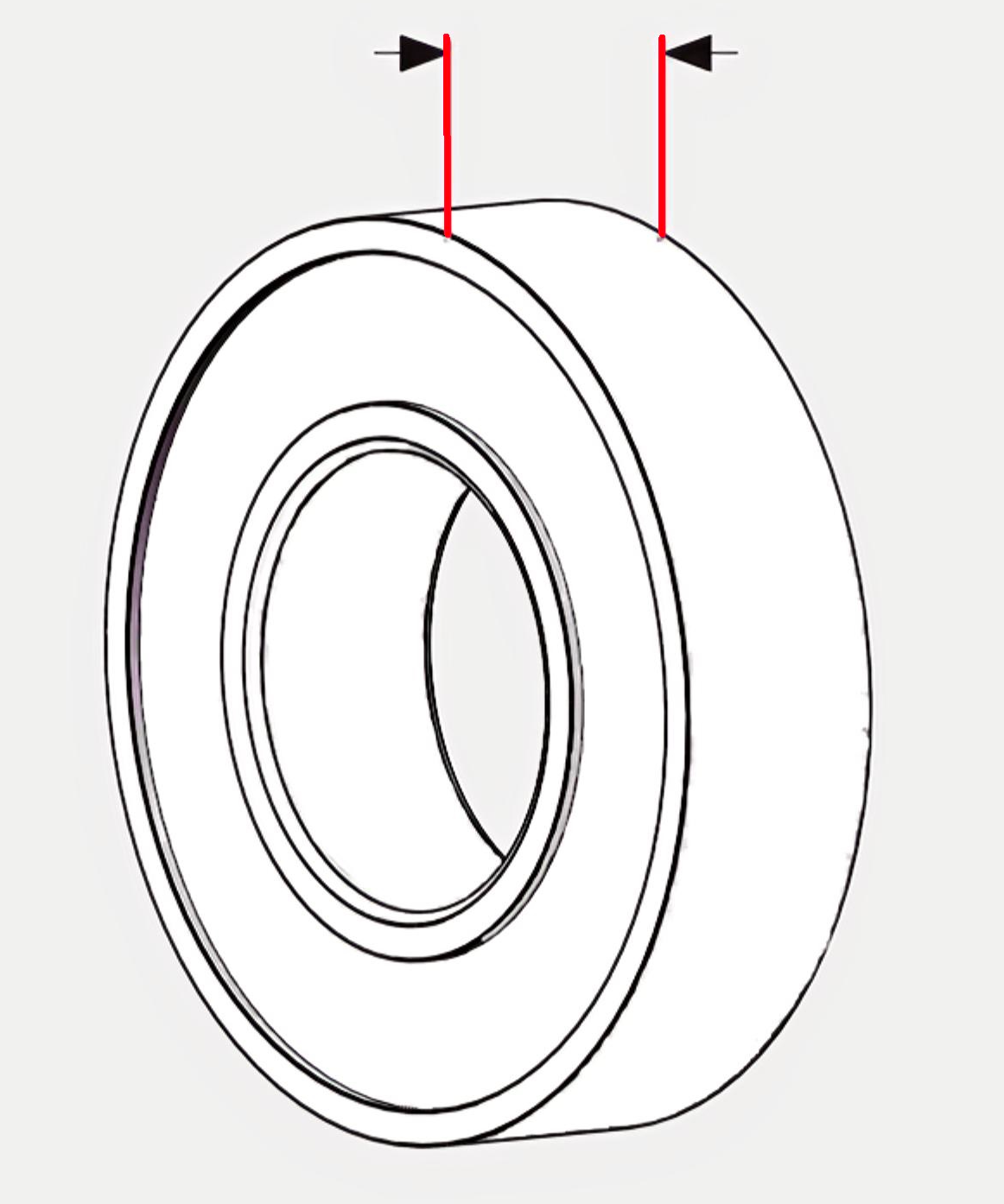
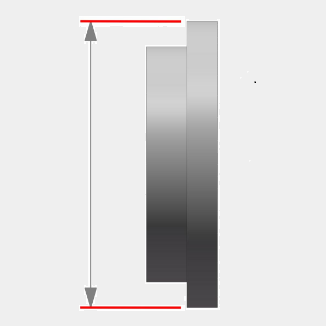
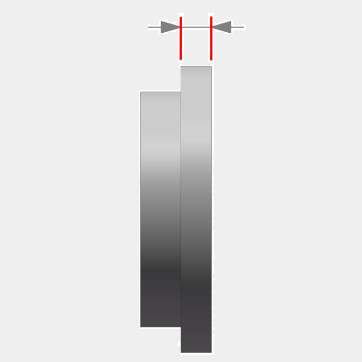
- Equivalent to Manufacturer :
- KAYDON
Thin Section Bearings
2253 ProductsThin section bearings, notable for their slender profile, aim to reduce weight, conserve space, lower friction, and improve design versatility while maintaining high accuracy. They are used in instrumentation, robotics, aerospace, medical equipment, cameras and optical equipment. Our selection includes both inch and metric sizes in multiple configurations. These bearings are compatible with Kaydon models, complemented by a concise interchange chart for easy reference.
Features of Thin Section Bearings
- Compact Size
- Lightweight Construction
- Precision Engineering
- Low Friction
- Robust Load Handling
Types of Thin Section Bearings
Kaydon Bearings - Constant Section (CS) Bearings
- Angular Contact (Type A): Ideal for high axial loads and suitable for radial or combined loads. Not recommended for moment loads or reversing axial loading alone. Often used in duplex pairs.
- Four Point Contact (Type X): Perfect for moment and reversing axial loads, featuring gothic arch raceways for four-point contact. Suitable for light loading conditions, not for pure radial loads.
- Radial Contact (Type C): Designed for high radial loads and capable of handling moderate axial and moment loads, featuring deep ball grooves.
Deep Groove Thin Section Bearings (Thin Section Ball Bearings)
Similar to standard ball bearings but with a thinner cross-section, these thin section ball bearings are suitable for applications with limited space and for handling both axial and radial loads.
Flanged Thin Section Bearings
These have a flange on the outer ring, aiding in axial location and easy mounting. Useful in applications with axial space limitations.
Materials of Thin Section Bearings
- Rings: Typically crafted from SAE 440C stainless steel for corrosion resistance. An alternative is nodular thin dense chrome (TDC) plating, which adheres strongly and withstands high temperatures. Special bearings are also made from Aluminum, 300 Series Stainless Steel, and 17-4 Stainless Steel.
- Balls: Available in materials like 440C and 300 Series Stainless Steel, Silicon Nitride, and M-50 Steel.
- Cages: Constructed from materials including brass, nylon, phenolic, and stainless steel, offering different strengths and properties for specific applications.
Open, Sealed or Shielded Thin Section Bearings
Thin section bearings come in three main variants:
- Open Thin Section Bearings: Oil lubricated, with low starting torque and flexible rotation.
- Sealed thin section bearings: These bearings have nitrile/BUNA-N rubber or high-temperature seals like PTFE (up to 250°C) and Viton (up to 230°C), effective against dust, moisture, and lubricant leakage. These seals increase friction, reducing bearing speed. At temperatures below -40°C, nitrile rubber and Viton become less effective, making PTFE seals or metal shields preferable for extreme cold.
- Shielded Thin Section Bearings: Feature shields that provide a barrier against contaminants while allowing for some lubrication leakage. Suitable for applications where contamination is a concern but less stringent than those requiring fully sealed bearings.
Cages of Thin Section Bearings
- Riveted Cages: These feature rivets that secure cage segments, ensuring high structural integrity. Ideal for heavy loads and applications requiring durable bearings.
- Crown Cages: Even ball spacing, reduced friction, suited for high-speed precision. All 6700 series bearings use a crown cage. Some 6800 and 6900 series of bearings are also available with the high speed TW nylon crown cage.
- Ribbon Cages: Metal strip design, ensures even ball spacing, preferred in low-friction applications. Many 6800 and 6900 series bearings have a two piece ribbon cage.
Explore our Thin Section Bearings Cross Reference Charts to easily find the right bearing match for your requirements.



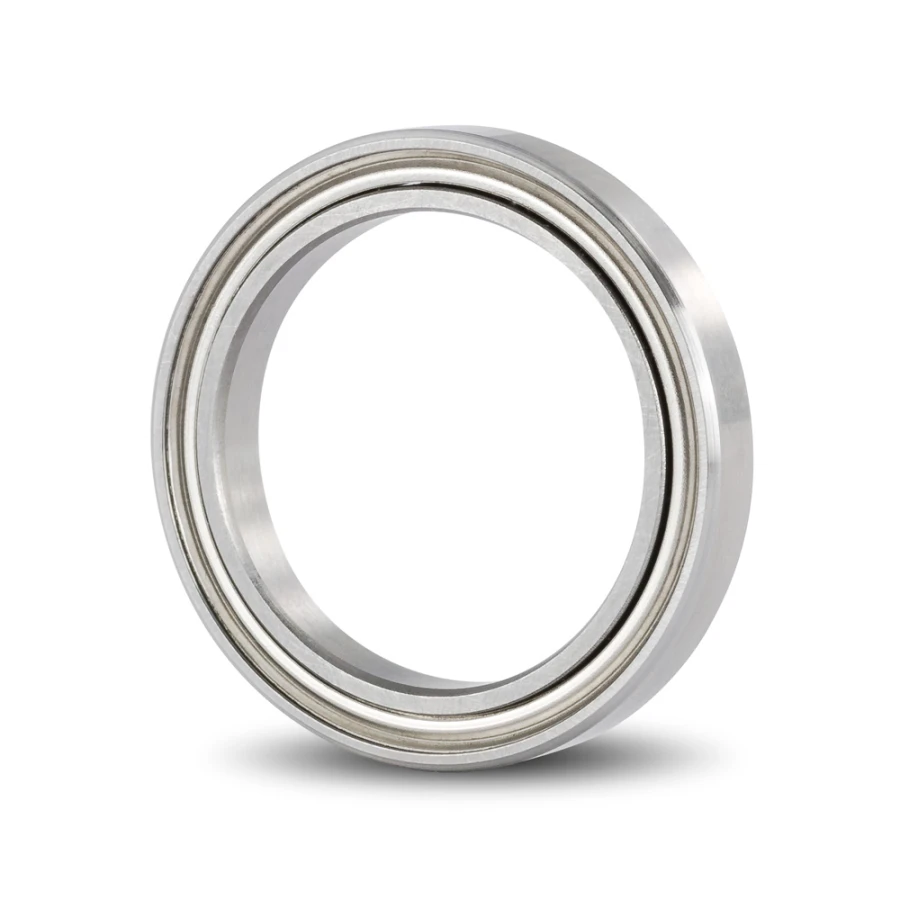
bearings.png?format=webp)
